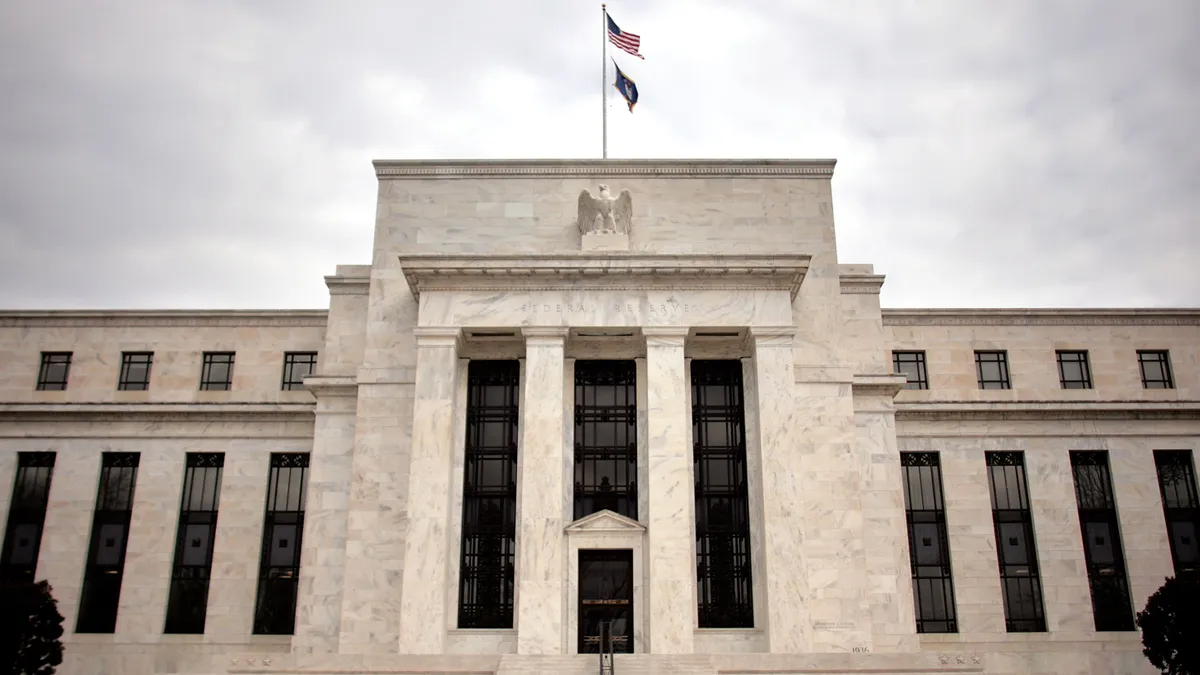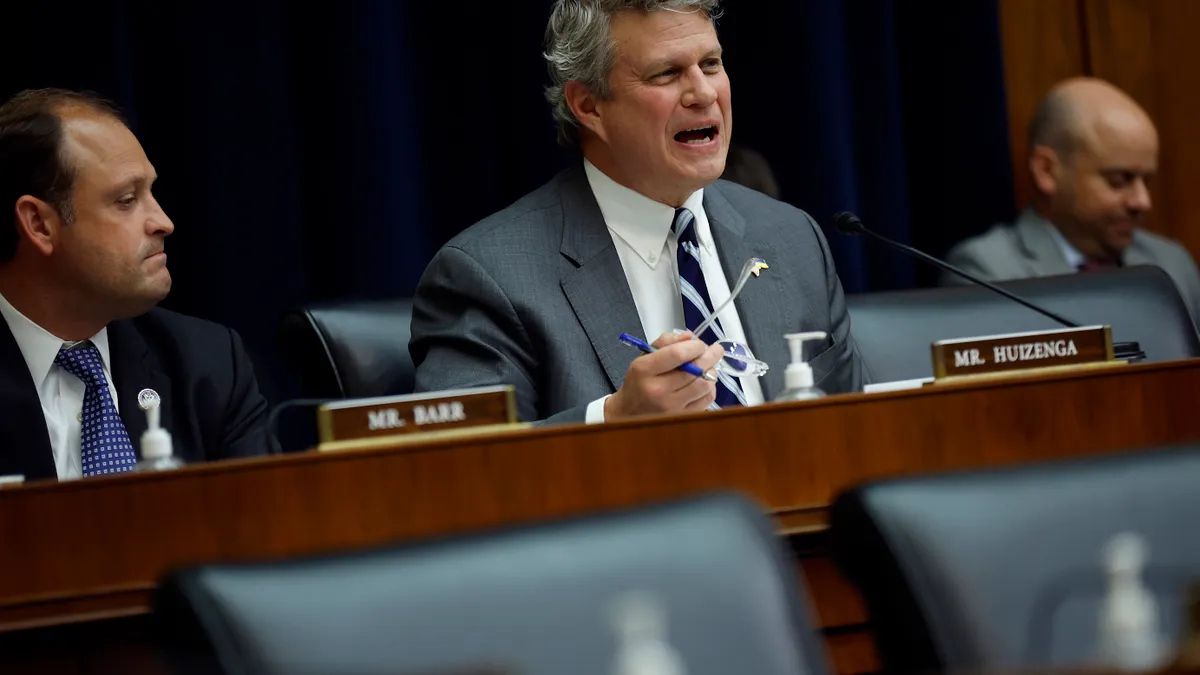FedNow, the instant payments system being launched by the Federal Reserve later this year, may be particularly useful to lower-income segments of the U.S. population.
At least that’s the theory of some Fed researchers who study lower-income communities’ financial needs. The key reason a faster payments system could prove useful to such people is the clarity that comes with speed, said Brian Clarke, a senior business strategy manager at the Federal Reserve Bank of Boston who’s part of a team of researchers studying faster payments impact.
“It's actually the delivery of the funds at their destination that is going to be very important for a lot of low-income users,” Clarke said in an interview on March 7.
The lag between when a consumer makes a payment on a bill and the moment when that biller actually receives the payment can make a difference with respect to additional fees, such as an overdraft penalty if the payment lands after other payments are made in the interim, he explained. It can also affect late fees. “More access to faster payments may make a difference,” he said.
FedNow is due to arrive as early as May, Federal Reserve officials have said. It’s the biggest payments innovation by the central bank in decades, aimed at expanding the availability of real-time payments nationwide. It will build on limited offerings from private sources, such as the real-time payments network services offered by bank-owned The Clearing House.
The U.S. is playing catch-up on the faster payments front, with many countries around the world already having instituted their own instant payments systems. While The Clearing House service has drawn in mainly larger bank users, FedNow is expected to broaden the appeal more to regional and smaller banks.
It will be up to the financial institutions to take the next step of extending the real-time payment services to businesses and consumers, likely with an assist from fintech players. Creating that ubiquity and stoking competition among the service providers will be key in making the new system affordable to consumers, particularly the lower-income segments, Clarke noted.
“What we're hoping happens is that it's cheaper to offer it to the end-user because it's more ubiquitous,” Clarke said. That may be even more true for some expensive services. “Because those are fee-heavy transactions, they may be most likely to be impacted by the ubiquitous real time payments,” he explained.
Clarke’s team has been studying the financial needs and behavior of low- and moderate-income consumers ever since Fed surveys have shown that about 40% of Americans couldn’t afford to pay for a $400 emergency.
Fees add up, especially when consumers start bouncing checks. A Fed website post last month regarding Clarke’s research noted Americans paid $10.7 billion in overdraft fees in 2021, with lower-income households shouldering $6.7 billion of that burden, according to the research nonprofit Financial Health Network.
“Overdraft fees can be as high as $35-$40 each time an account is overdrawn,” Clarke said in the post. “That’s a stiff penalty to pay for overdrawing by a few bucks, and it can quickly add up.”
Having more options for payments, including real-time payments, should increase competition and be a beneficial thing for for all users, Clarke said. “Low income users will have as much, if not more to gain, from ubiquitous real-time settlement,” he predicted.
Jim Angel, a Georgetown University professor who served on a faster payments committee, agrees that real-time payment services could be particularly alluring to lower-income consumers. If you’re living paycheck to paycheck, having more certainty on when a payment is made and avoiding the threat of being overdrawn is a real benefit. “It’s basically a way to avoid those nasty overcharges,” he said.
Still, whether FedNow can make real-time services widely available to consumers remains to be seen, Angel said, explaining that he’s been disappointed in the past by slow-moving improvements in the payments system. For instance, services like Zelle have restrictions that make them of limited use, he pointed out, noting you can’t use it to pay for groceries or rent.
The clarity that makes FedNow appealing to lower-income Americans may also make it more appealing to unbanked consumers who have a mistrust of the banking system, Clarke predicted. The same payment lag that may lead to unexpected fees for some consumers also stokes mistrust among others who wonder where payments are during the settlement process, he said.
“Being able to log in where your bill is due and see that your account is in good standing, I think that would go a long way towards repairing some of the mistrust that's out there about payments and the banking system,” Clarke said.



















